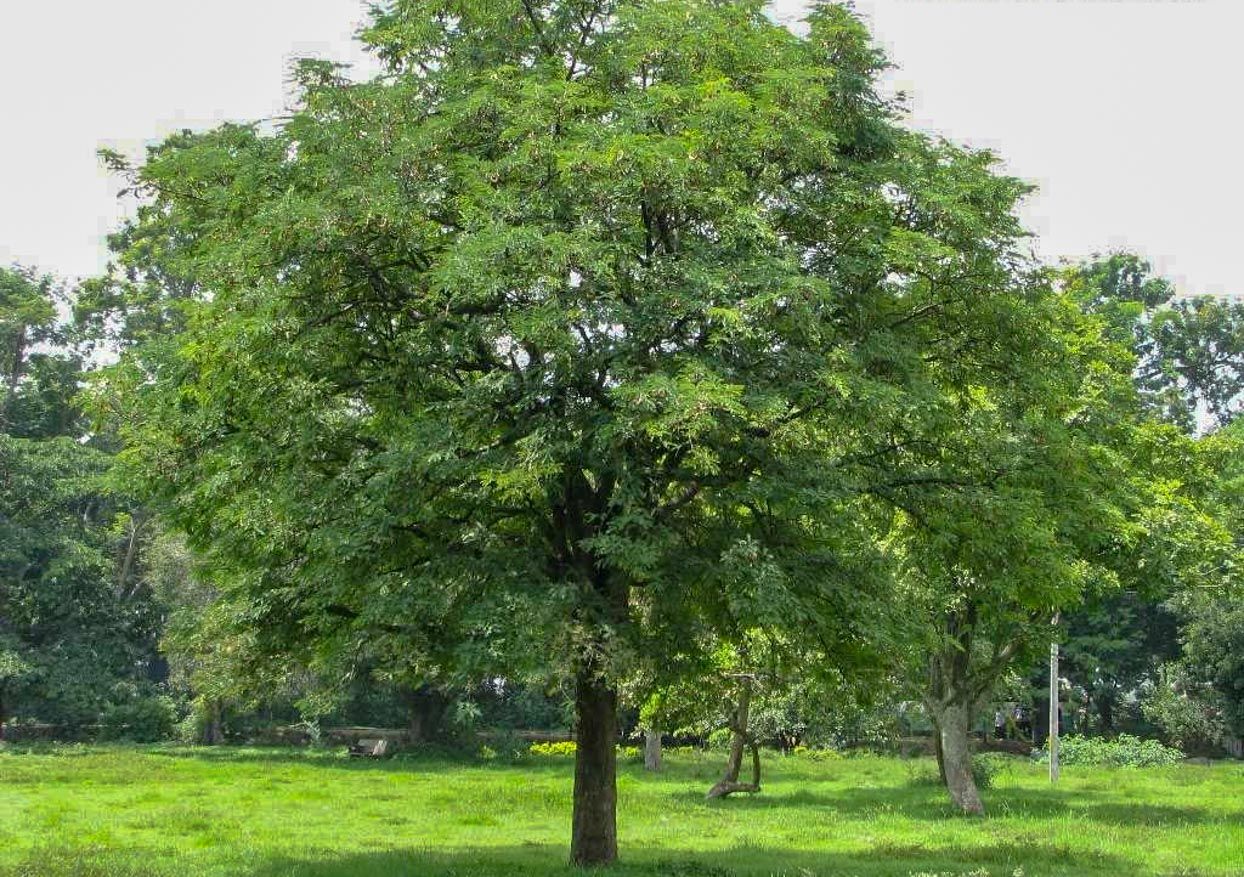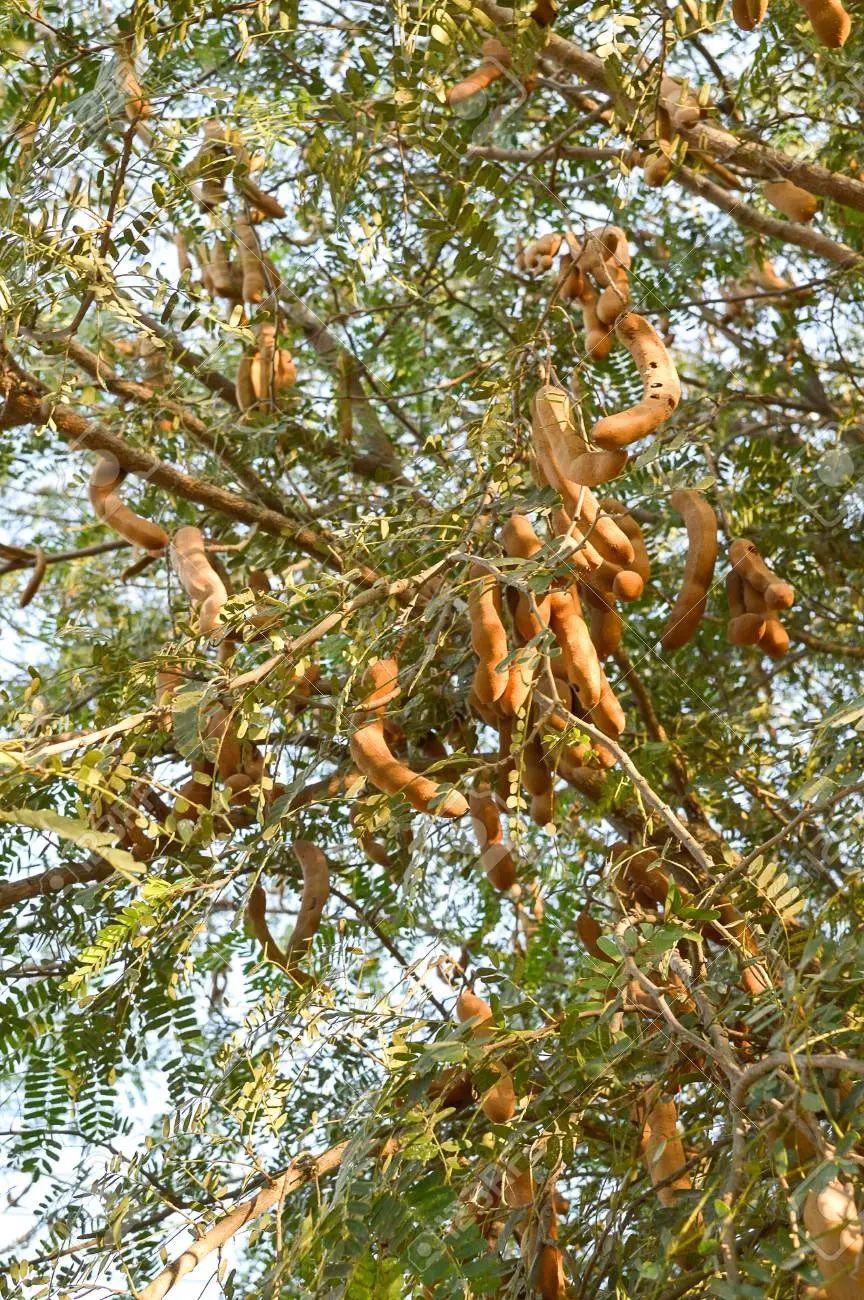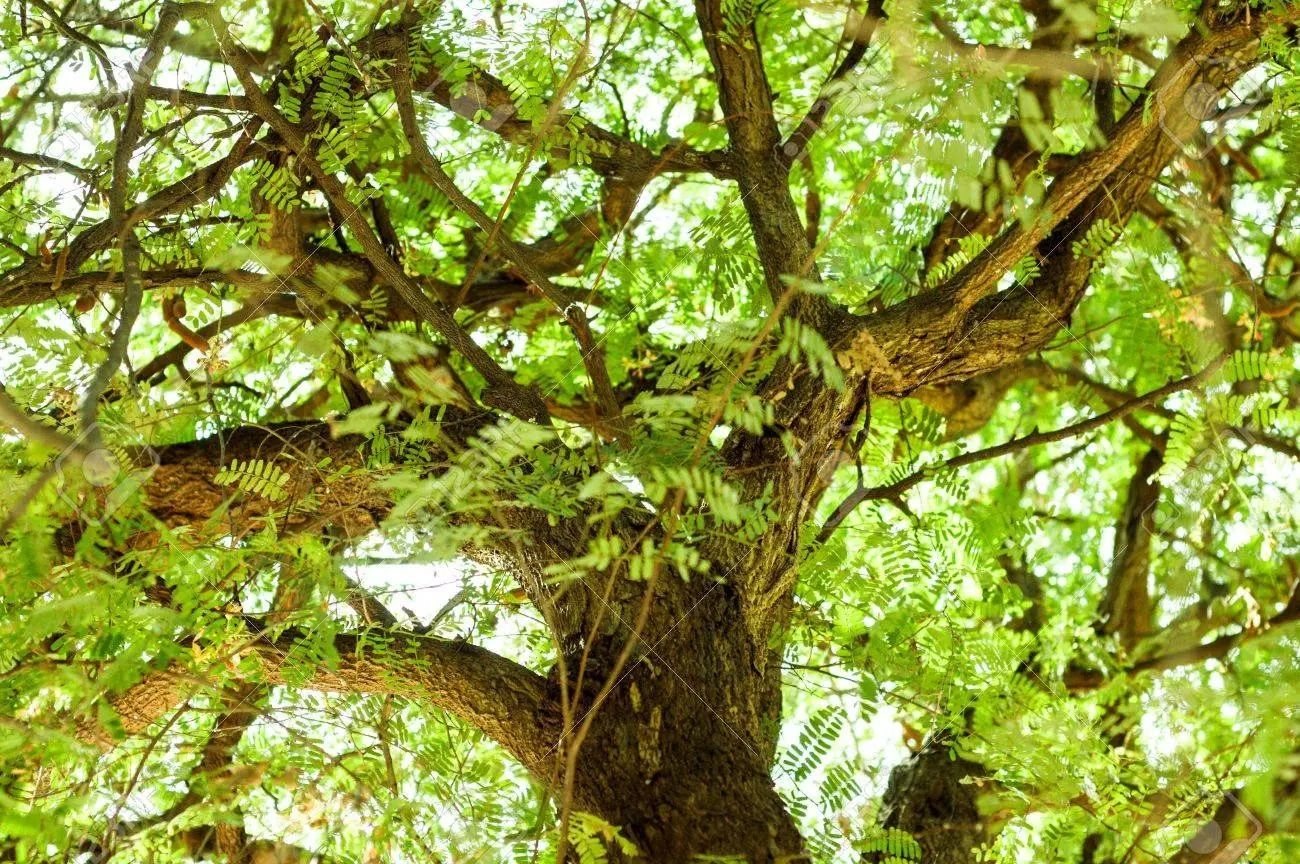Description: Tamarindus indica. Tamarind tree, tamarindo, tamarind The tamarind tree, also called Indian date or sour date, is the only species of the plant genus Tamarindus in the carob subfamily within the legume family.
Common Name: Tamarindus indica. Tamarind tree, tamarindo, tamarind
Family: Fabaceae
Habitats: Low-altitude woodland, savannah and bush, often associated with termite mounds. Prefers semi-arid areas and wooded grassland, and can also be found growing along stream and riverbanks
Range: Probably originating in tropical Africa, it is now widespread through the tropics and subtropics.
Minimal Planting Area: 20 SQM
Tamarindus indica. Tamarind tree, tamarindo, tamarind The tamarind tree, also called Indian date or sour date, is the only species of the plant genus Tamarindus in the carob subfamily within the legume family.
It grows as an evergreen, slow-growing tree with a dense crown, reaching growth heights of 30 meters and trunk diameters up to 2 meters.
The tamarind pods can be eaten raw or used as a seasoning for a variety of dishes, such as sauces like Worcestershire sauce. They are also used for sweets and juices are made from them.





